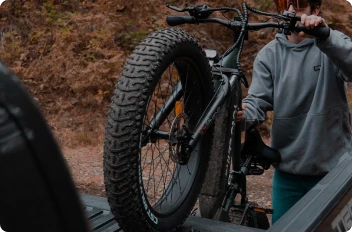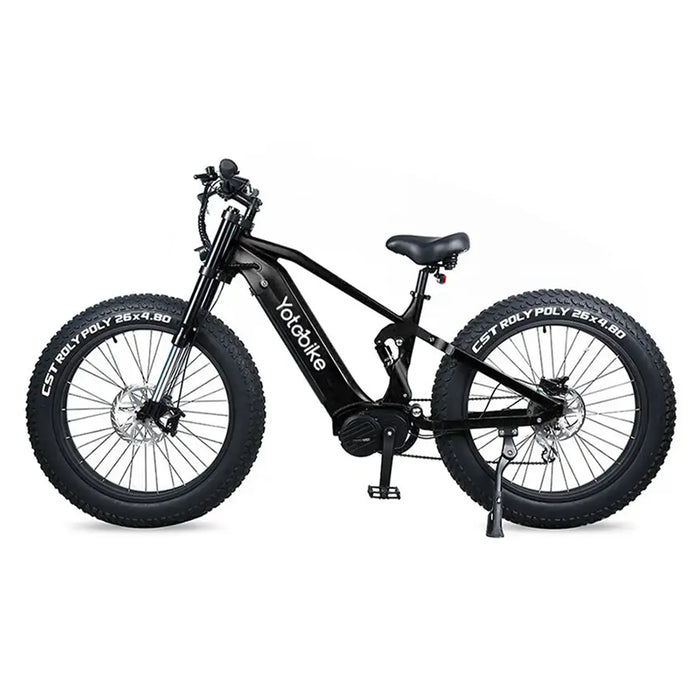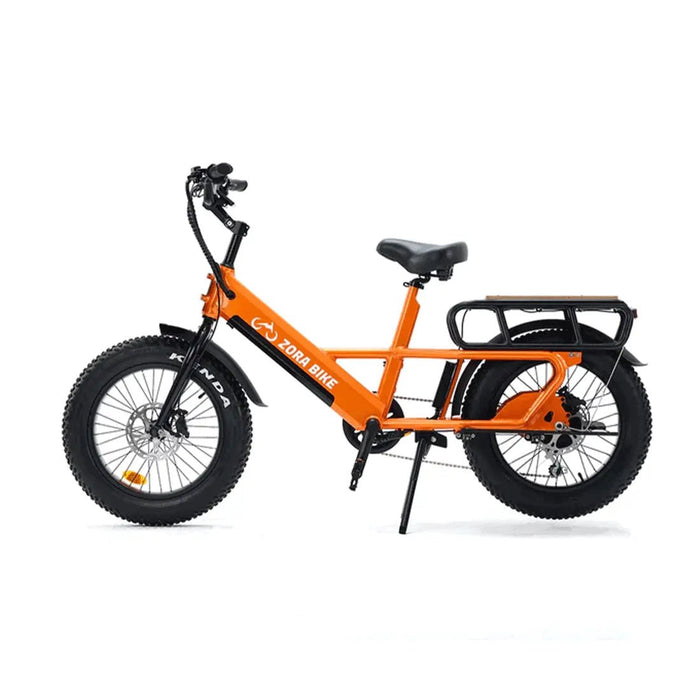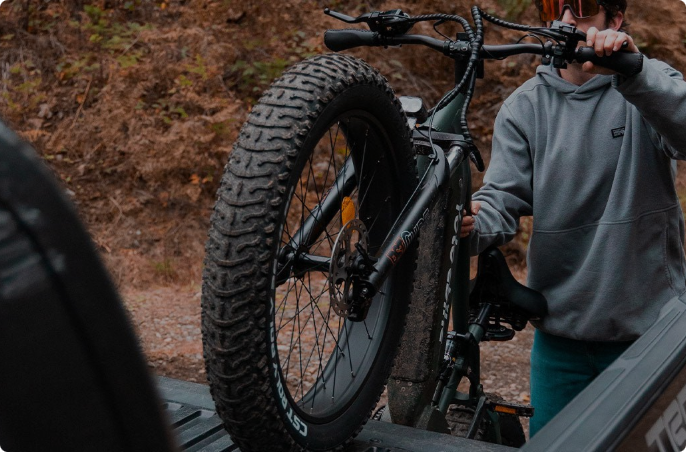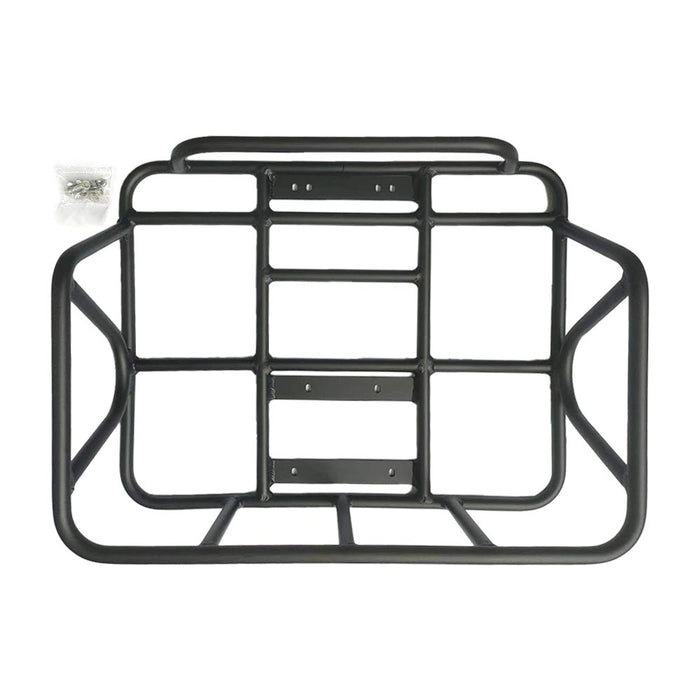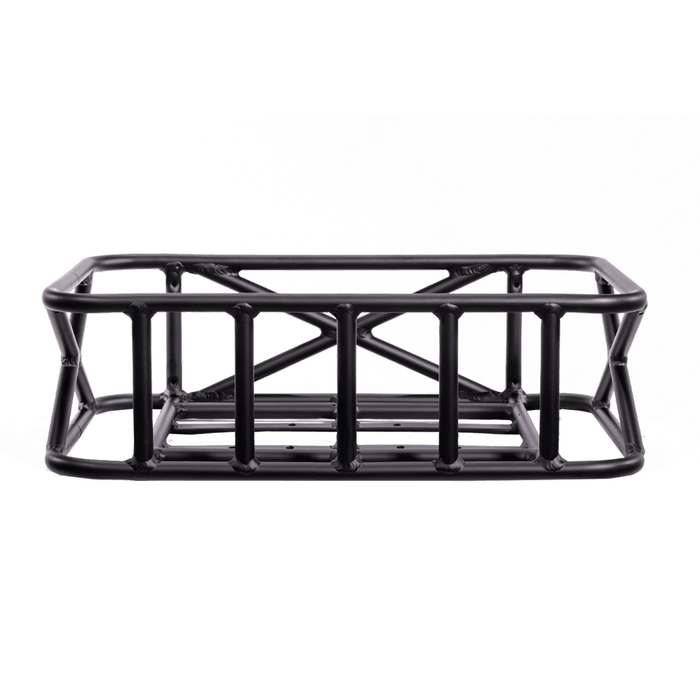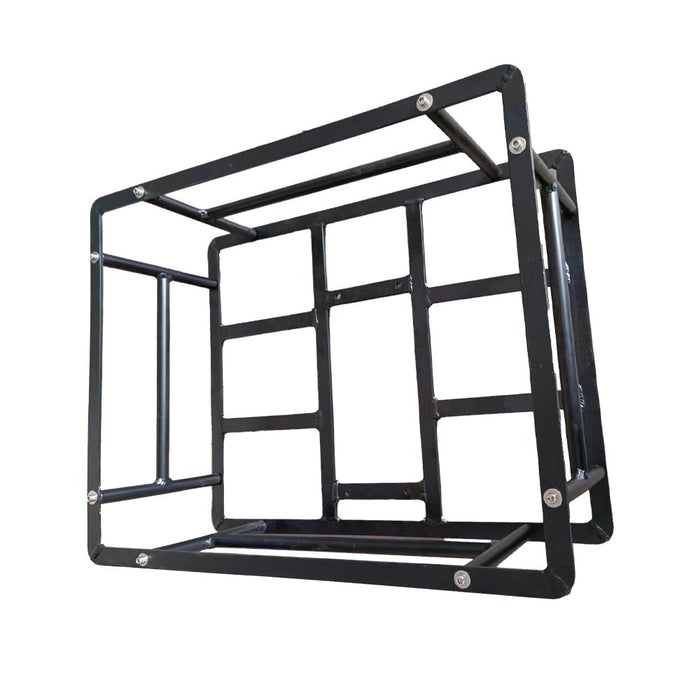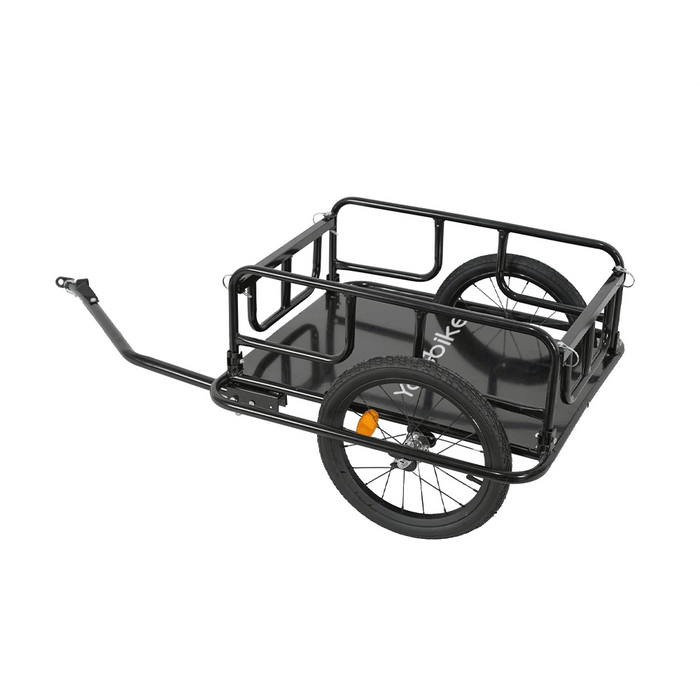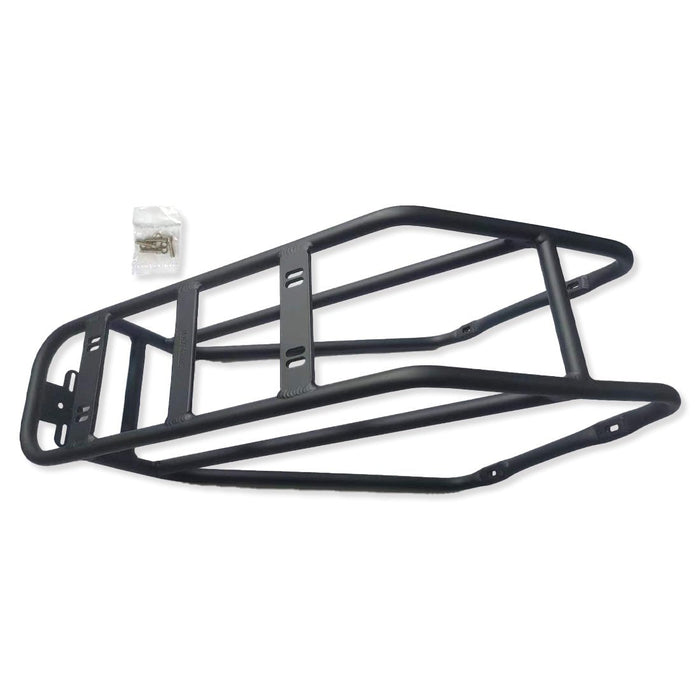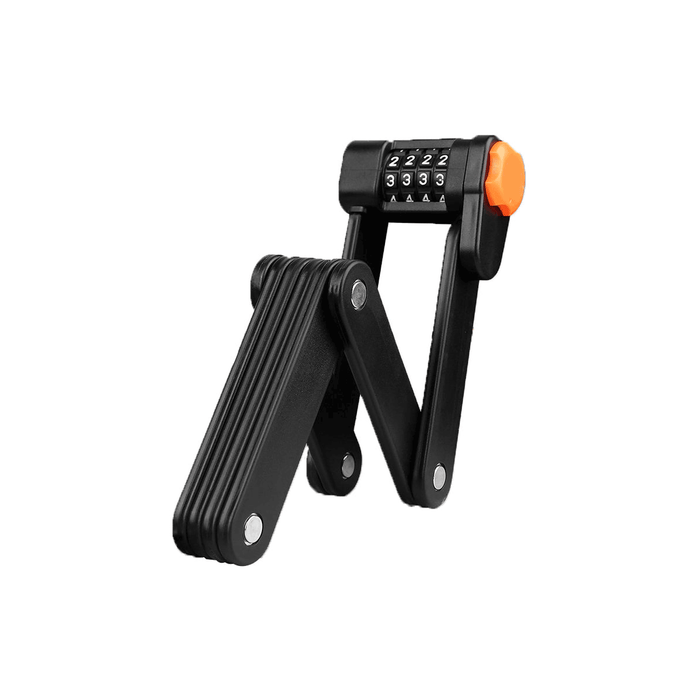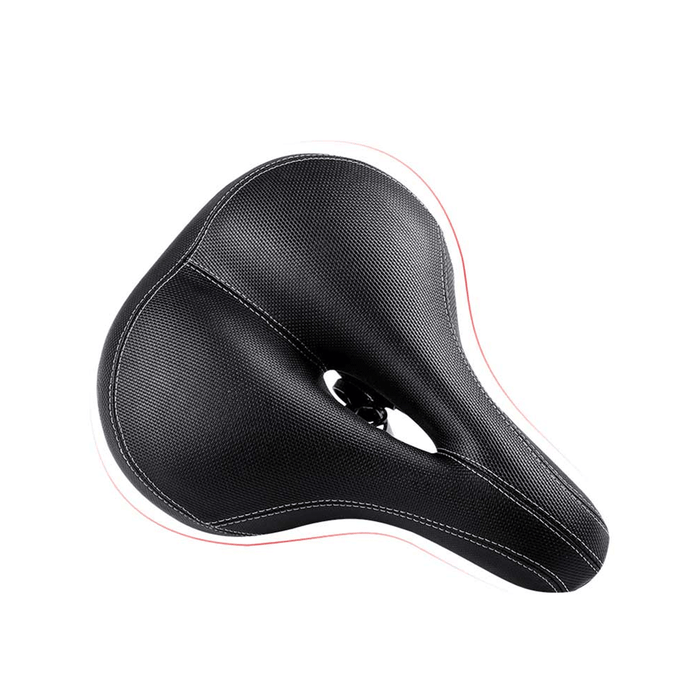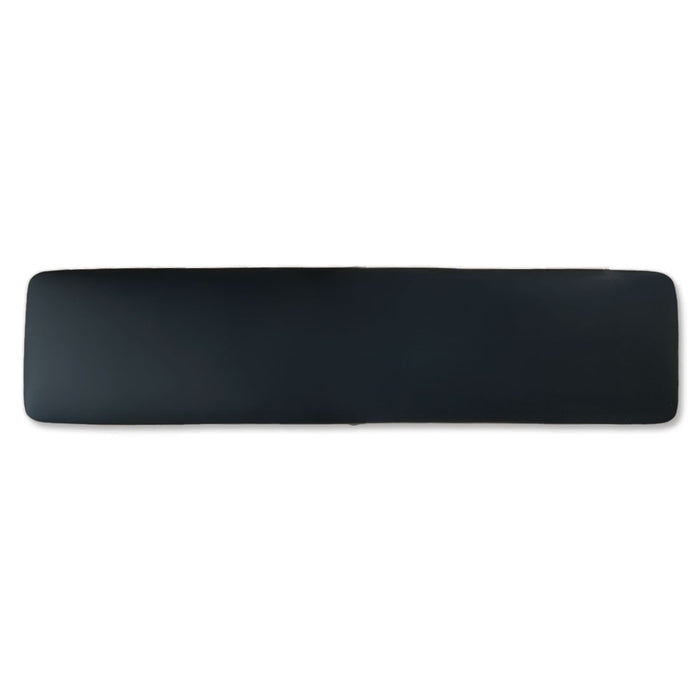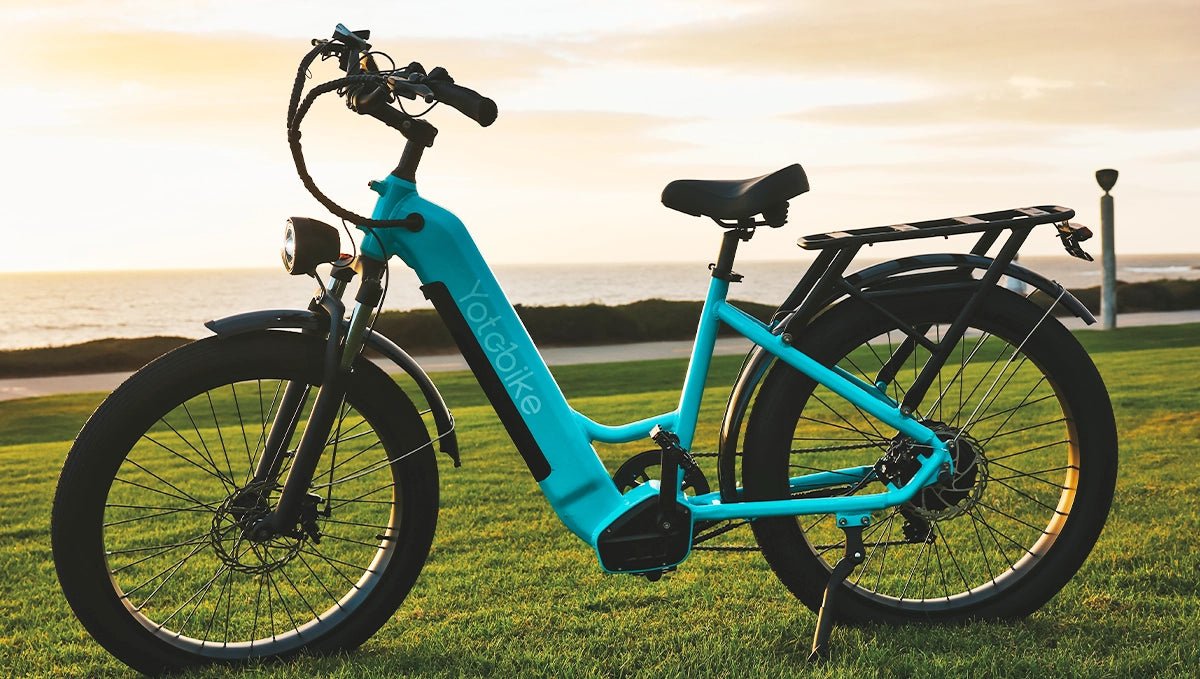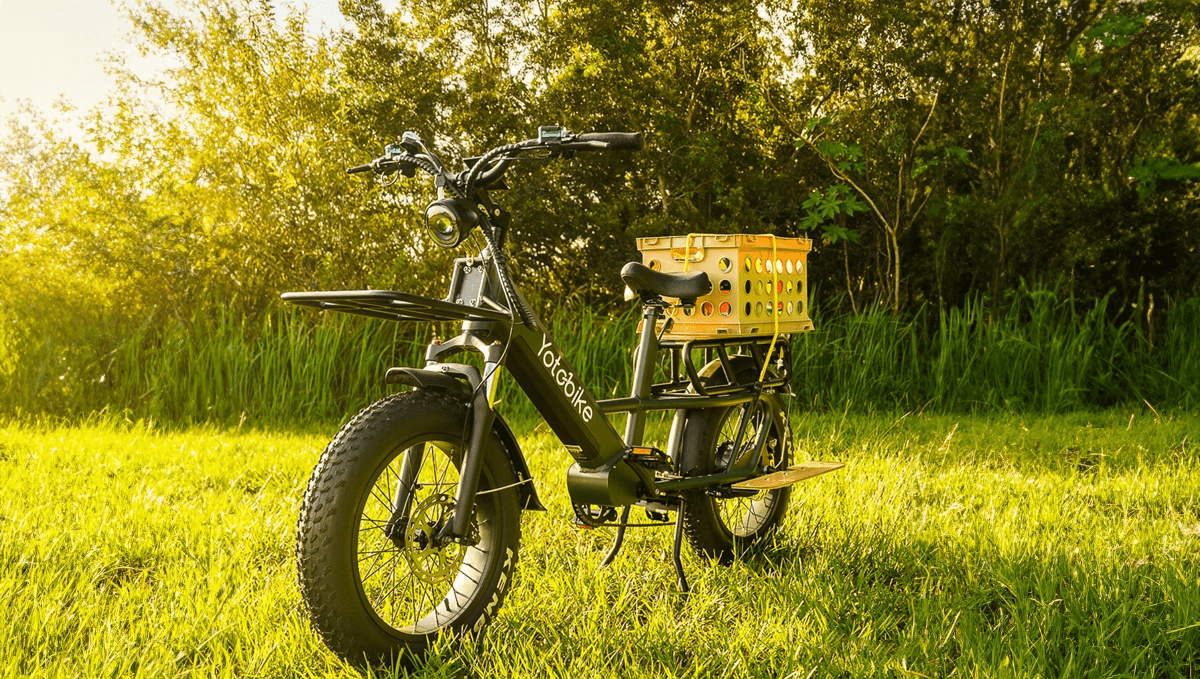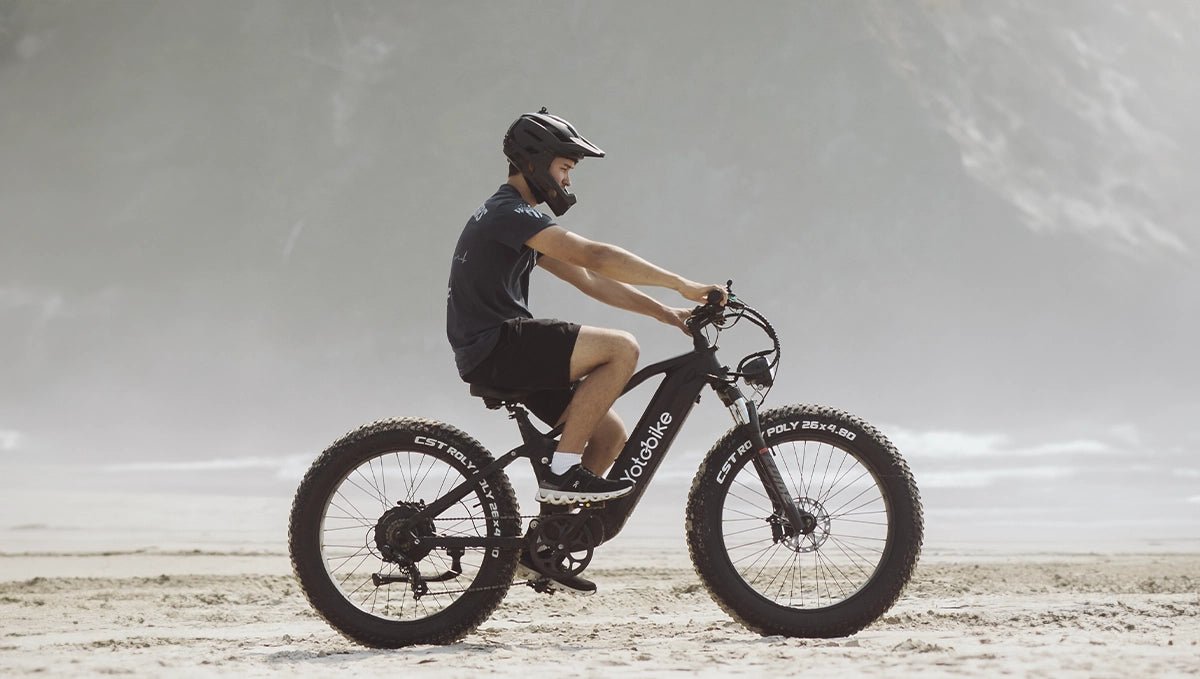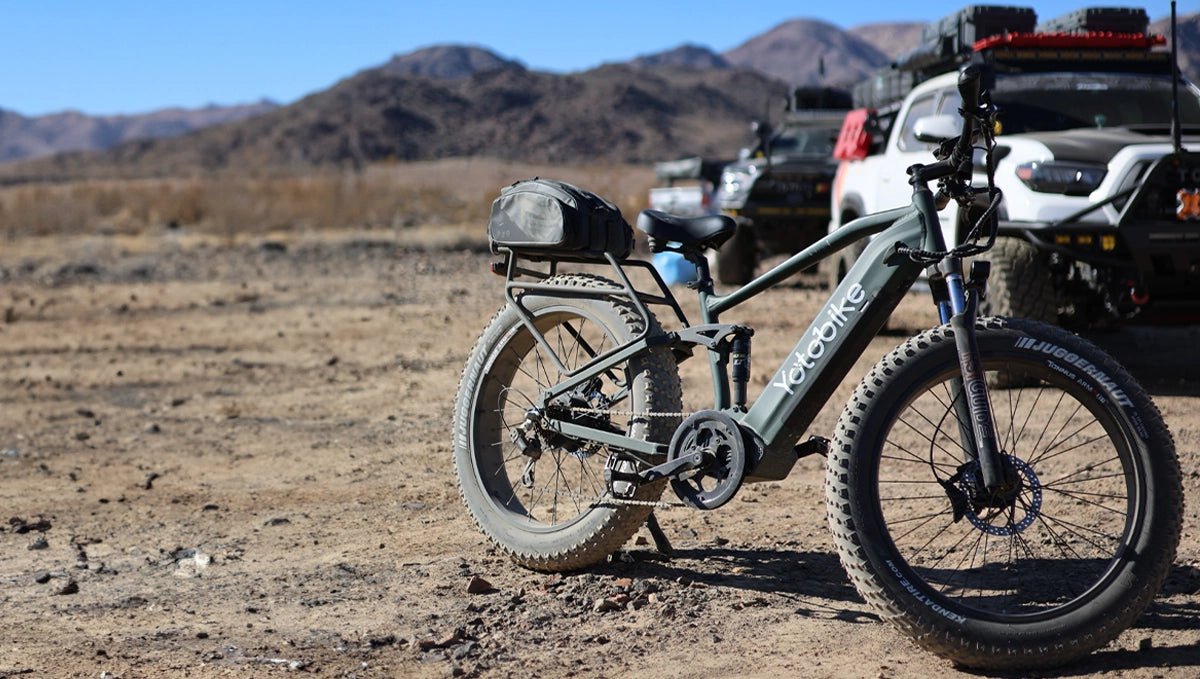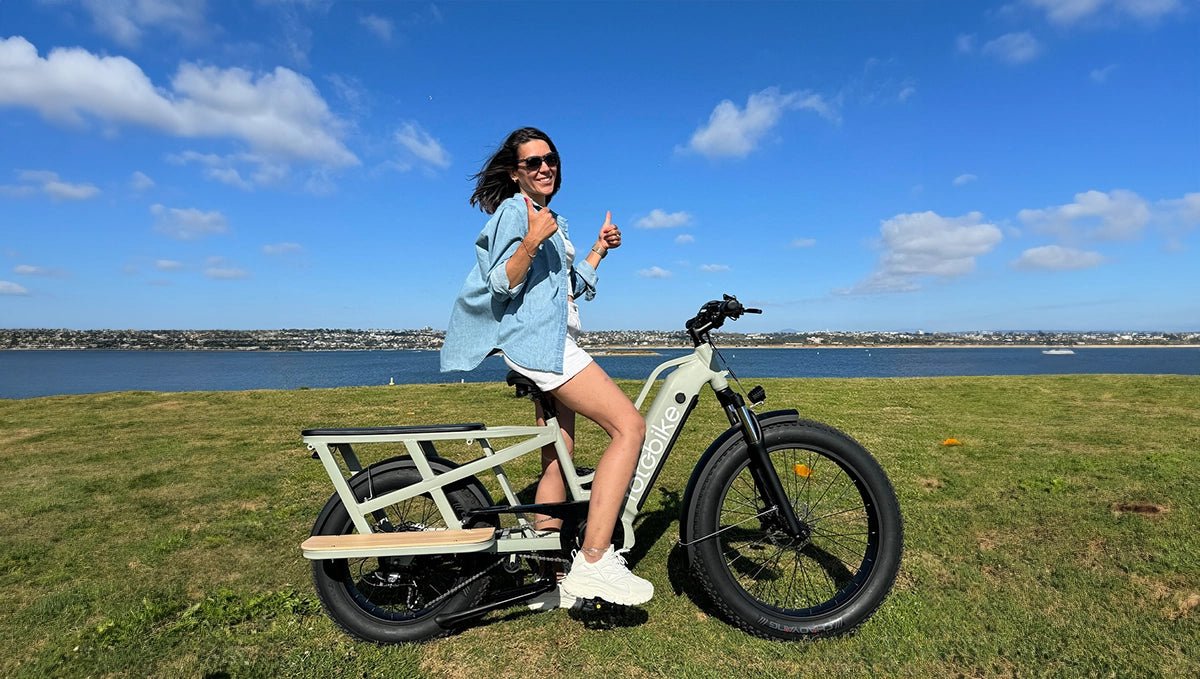
Selecting an electric bike can be an exciting and overwhelming task. With so many options available, it's important to consider critical factors in how to choose an electric bike for your needs. In this article, we will walk you through the process of choosing an electric bike that aligns with your lifestyle and preferences. Let's get started!

Choose the Right Type
When considering how to choose an ebike, the first thing to know is that electric bikes come in various types, each designed for specific purposes and terrains. Consider your intended use and the environment in which you'll be riding to determine the most suitable type of ebike for you.
- Commuter E-Bikes: Ideal for urban riding and daily commutes, these bikes often feature a comfortable, upright riding position and come equipped with features like fenders, lights, and racks for carrying essentials.
- Mountain E-Bikes: If you plan to tackle off-road trails and rugged landscapes, a mountain e-bike is the way to go. These bikes have sturdy frames, wide tires with good traction, and suspension systems that cushion against bumps and shocks.
- Folding E-Bikes: Perfect for limited storage space or for those who need to combine biking with public transportation, the folding e-bike offers a convenient solution. It can be conveniently folded and carried, making it perfect for multimodal commutes.
- Cargo E-Bikes: If you need to transport heavy loads or groceries, consider cargo e-bikes, which are designed to handle the extra weight. They often come with large racks, baskets, or cargo boxes to accommodate your cargo needs.
Choose the Ideal Weight
The weight of an electric bike is a very important factor to consider, as it directly impacts the effort required to ride and maneuver the bike. E-bikes can range from 18 pounds to over 70 pounds, with the most common weight for a standard electric bike (including motor and battery) being around 45-55 pounds.
A lighter e-bike will require less effort to pedal and handle, while a heavier one may offer a more powerful motor and battery. Find the right balance between the actual weight and performance based on your preferences and the terrain you'll be riding on.
Choose Durable Battery
The battery is the heart of an electric bike, and its range and power are essential factors to consider. If you plan on taking long rides, you'll need an e-bike with a long battery life. The battery range is affected by factors such as the weight of the bike, terrain, and your riding style. The more you rely on the motor for propulsion, the more quickly you'll drain the battery. A larger battery capacity lets you travel greater distances between charges. When choosing a battery, look for one with a high capacity (measured in watt-hours) and a reputable brand known for quality and durability.
Choose Electric Bike Motor
Electric bike motors come in two main types: mid-drive motors and hub motors. Mid-drive motors offer more torque and power, are ideal for hilly terrains, and provide better balance, while hub motors are suited for flat surfaces and are generally more affordable. The motor’s power, typically measured in watts, should also be considered. A higher-wattage motor offers more power and is preferred for longer or more challenging rides, ensuring a smoother and more efficient biking experience.
Choose the Right Size
Selecting the right size e-bike is crucial for comfort, safety, and overall riding enjoyment. When choosing the size, consider the following factors:
- Frame Size: Make sure that the frame size is appropriate for your height and inseam length. Most manufacturers provide size charts to help you find the perfect fit.
- Adjustability: Look for an e-bike with adjustable components, such as the seat post and handlebars, to fine-tune the fit and comfort.
- Standover Height: Make sure you can comfortably stand over the frame with both feet flat on the ground.
Choose Affordable Prices
Electric bikes are available at a very wide range of price points, from budget-friendly options under $1,000 to high-end models that can cost several thousand dollars. While more expensive e-bikes often offer better quality components, lighter weights, and advanced features, it's essential to find a balance between your budget and the features you prioritize.
Set a realistic budget and research e-bikes that offer the best value for your money. Look for reputable manufacturers and read reviews from other buyers (on-hand experience) to gauge the quality and reliability of the e-bike you're considering.

Additional Considerations
- Pedal Assist and Throttle: Decide whether you want a pedal-assist system (which automatically increases motor power as you pedal), a throttle (which allows you to control the speed without pedaling), or both.
- Sensors: Opt for a torque sensor if you prioritize a natural riding experience and efficiency or choose a cadence sensor if you prefer a more affordable option better suited for casual, flat-terrain riding.
- Maintenance and Service: Familiarize yourself with the e-bike's maintenance requirements and service intervals. Regular servicing can extend the lifespan of your electric bike and keep it running smoothly.
- Warranty: Carefully review the manufacturer's warranty terms to understand what is covered and for how long. A more extended warranty period can provide peace of mind and protect your investment.
Conclusion
In wrapping up, it's crucial to practice smart decision-making on how to choose an electric bike for an enjoyable riding experience. By taking into account the right type, ideal weight, durable battery, high-torque motor, suitable size, and affordable prices, you'll be well on your way to finding the perfect ebike for your adventures. Remember, investing time in research and selection will ensure that you make a choice that brings you joy and convenience for years to come.
FAQ
What types of electric bikes are available?
There are several types of electric bikes available, including pedal-assist bikes that provide motor assistance while you pedal, throttle-controlled bikes that can be powered without pedaling, and hybrid models offering both options. Electric bikes also come in various styles, such as commuter, mountain, folding, and cargo bikes, catering to different riding preferences and needs.
How important is the frame material in choosing an electric bike?
The frame material is an important consideration when choosing an electric bike, as it affects the weight, durability, and overall bike performance. Common frame materials include aluminum alloy, which is lightweight and affordable; carbon fiber, which is light and strong but more expensive; and steel, which is durable but heavier. The right frame material depends on factors such as your budget, riding style, and desired bike weight.

